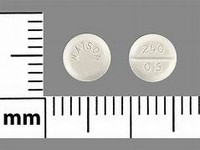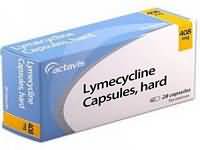spironolactone

CLINICAL USE
Diuretic, aldosterone antagonistDOSE IN NORMAL RENAL FUNCTION
25–400 mg dailyPHARMACOKINETICS
DOSE IN RENAL IMPAIRMENT
GFR (mL/MIN)
DOSE IN PATIENTS UNDERGOING RENAL REPLACEMENT THERAPIES
IMPORTANT DRUG INTERACTIONS
Potentially hazardous interactions with other drugsACE inhibitors or angiotensin-II antagonists: enhanced hypotensive effect; risk of severe hyperkalaemiaAntihypertensives: enhanced hypotensive effect; increased risk of first dose hypotensive effect with post-synaptic alpha-blockersCardiac glycosides: increased digoxin concentration; possibly increased digitoxin concentration
ADMINISTRATION
Reconstition
–Route
OralRate of Administration
–Comments
–OTHER INFORMATION
Renal patients are at an increased risk of hyperkalaemia and therefore spironolactone should be used with caution. It has active metabolites with long half-livesSmall studies have shown that doses of 25 mg of spironolactone 3 times a week can be safely used in haemodialysis patients although unknown whether that dose would be therapeutic – potassium levels should be monitored closely. Another small study used 25 mg daily but the potassium was monitored 3 times a week.
See how to identify renal failure stages according to GFR calculation
See how to diagnose irreversible renal disease
Home








